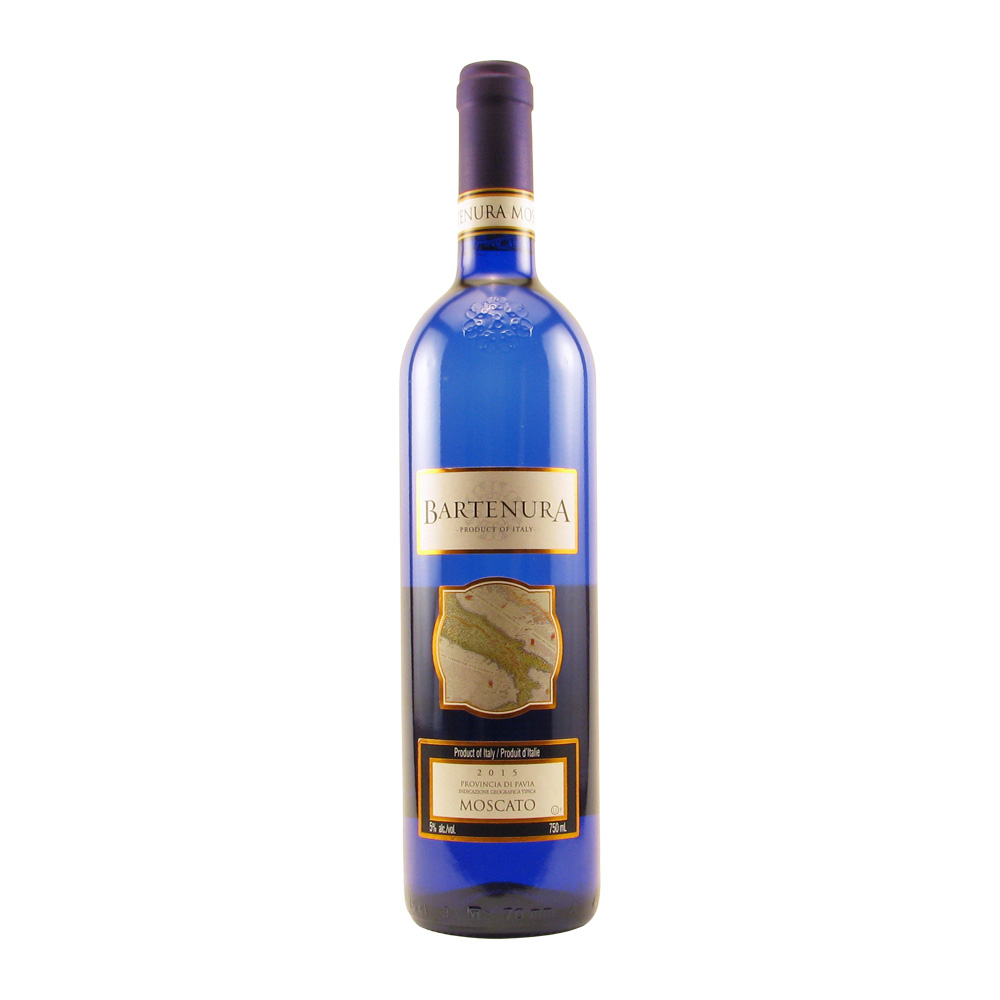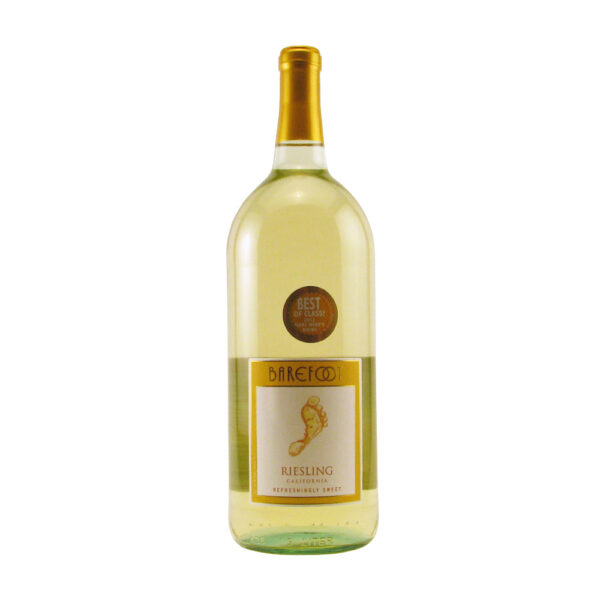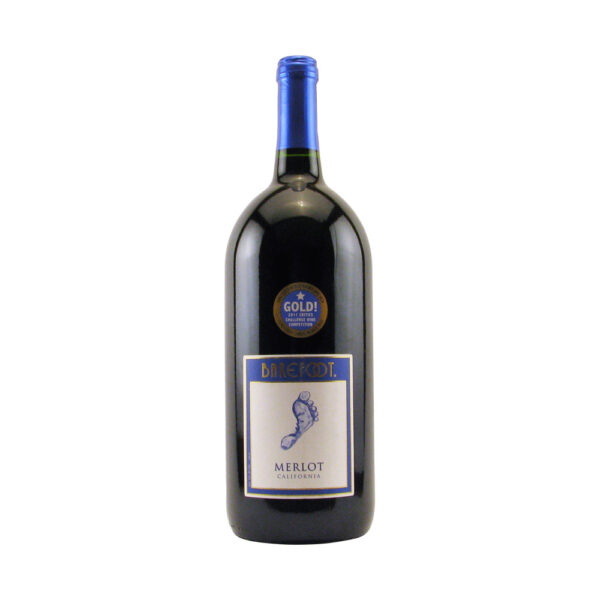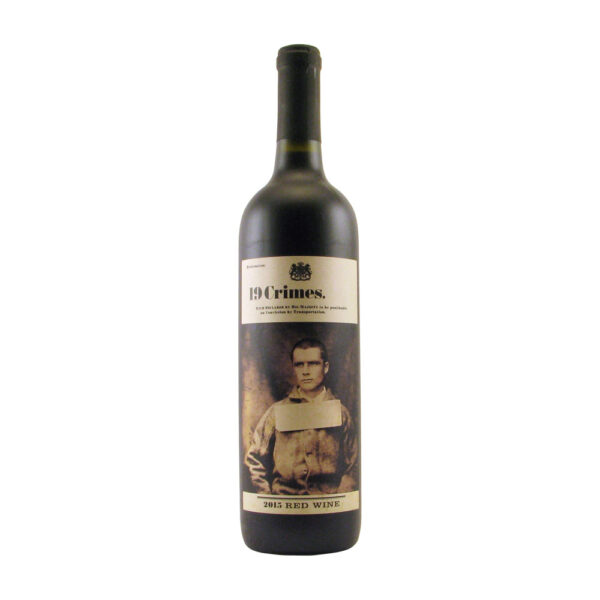Description
Bartenura Moscato 750ML
Moscato enthusiasts, if you don’t already know, this royal blue-bottled Moscato is your next favorite bottle! The production of Bartenura Moscato has been directed to yield a wine that preserves the wonderful rich aromas of the Moscato grape.
It’s sweet, not overbearing, but sweet enough to have you fall effortlessly in love with its crisp pear, apricot, and peach fruit flavors with a splash of bubbly acidity that is contrasted by a subtle silky sweetness. Moscato by Bartenura is stunningly refreshing, smooth, light and has a remarkable balance that you can’t get enough of.
The aroma will fill your senses with a litchi, apricot, and cream creeping into your nose with a slightly sugared orange zest to top it off.
This sweet, phenomenally smooth, and bubbly wine is a must-have for any occasion!
Bartenura Moscato Best Features:
- TASTE: Crisp and refreshing, semi-sweet, with lingering pear, tangerine, nectar and melon flavors on the finish
- AROMA: Peach, litchi and apricot, cream, vanilla gelato, and a sugared orange zest.
- APPEARANCE: Pale yellow, with a beautiful splash of bubbles
- ABV: 5%
- PAIRING: Perfect with a light dessert or fresh fruit, shellfish, mature or hard cheese, cured meat or lean fish. Don’t forget it’s a great bonus to sip by the poolside
- Kosher
White Wine:
White wine is made without the skin of the grape and produced through a method called alcohol fermentation. Also, the majority of white wines are lighter and have a crisper, more citrusy flavor compared to red.
It’s best to serve white wine in glasses with a larger bowl so that bold aromas and flavors emerge as they mingle with oxygen in the air. Many wine glass manufacturers have added a hint of green or blue feet to wine glasses as it flatters white wine and helps emphasize the separation between the glass and wine. Traditionally speaking, white wines are served before reds, while younger wines should be served before older vintages.
In addition, due to white wine’s aroma, acidity and ability to soften meat and deglaze cooking juices, white wines are often used in cooking. Sweet wine goes well with sweet and savory dishes to mitigate the heavy sugar and stimulate the fruitiness.
If you’re a sparkling wine lover at mealtime, you’re in luck, it can be taken any time during the meal because of its diversity. By choosing a sparkling wine, it allows the retention of the same wine from the beginning to the end of the meal.
Making it a must have in any household!
Muscato Grape:
The Muscat grape is one of the oldest grape classes known. It’s not a simple grape, Muscat is a group of grapes that range in colors from white to brown and nearly black. This flowery aromatic like grape closely resembles the smell and taste of Muscat table grapes.
Muscat Blanc et Petits Grains is known to probably be the best variety of Muscat grapes. Mainly because these grapes can be made into wines of extremely varying styles, from light, semi-sweet, low alcohol fizzy wine in Asti in North-West Italy; to dry, fragrant whites in Alsace, the Italian Alps, South Africa and elsewhere.
Then, it can be very sweet, often fortified, Muscats in hot climates where the Muscat grapes can become extremely ripe would be Muscat de Beaumes-de-Venise as an example.
Italy:
Italy has adopted a rigorously controlled appellation system that has strict controls on regulations governing vineyard quality, yields per acre, and aging practices just to name a few. There is over three hundred DOC (Denominazioni di Origine Controllata) and DOCG (Denominazioni di Origine Controllata e Garantita) wines today.
There are over five hundred classifications IGT (Indicazioni Geografica Tipica) wines are factored in too. Depending on the region of Italy, you’ll have a better idea of what types of wine are produced.
In the North, the Italian Alps lay against long expanses of the Po River plains. Tiny pockets and microclimates along the mountains link to their very own special wine. It always seems to be a fight between nature and wine, but wine continues to win as it has an extraordinary ability to age.
Central Italy delivers many more exciting wines such as Sagrantino from the Umbrian town of Montefalco, dense and dark Montepulciano from Abruzzo, and white Verdicchio from Le Marche.
Southern Italy, specifically Sicily has native grapes like Nero d’Avola (red) and Grillo (white). Grillo is used for producing fortified wine, Marsala. Sicily has a relaxed regulation with an increased experimentation which makes it the “new world” wine region, while perfectly locked within the confines of an “old world” wine reality.
Master Sommelier Little Known, Big Facts:
- The color of wine depends on the fermentation extracts using skin, like Red wine as compared to white wine, leaving the skin behind
- The oldest bottle of wine dates back to A.D. 325; it was found in Germany inside two Roman sarcophaguses
- The worst place to store wine is usually in the kitchen because it’s typically too warm, in refrigerators, their warmest setting can be too cold
- Richer heavier foods usually pair well with richer, heavier wines; light wines pair with lighter foods
- Generally, a vintage wine is a product of a single year’s harvest, not when the wine is bottled
- A “dumb” wine refers to the lack of odor while a “numb” wine has no odor and no potential of developing a pleasing odor in the feature
- If a server or sommelier hands you a cork, don’t smell it, look for the date or other information ( mold, cracking, or breaks)
- Tannin is a substance that tingles the gums when you indulge your palate with a sip of wine, it’s an excellent antioxidant
- Smell is by far the most important sense when it comes to drinking wine
- Wine was first developed in Mesopotamia, not France
- French wines are labeled following the soil on which they are produced, not according to the grape used
- When chilling wine, adding salt to ice will cool it down faster
Warnings:
You must be 21 or over to purchase this product.
Instructions:
Serve chilled






Reviews
There are no reviews yet.